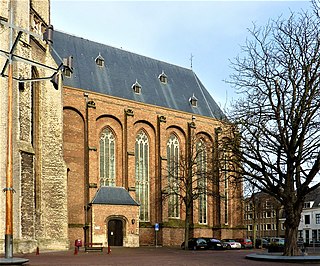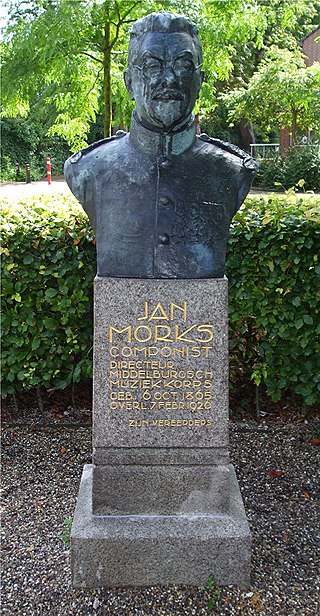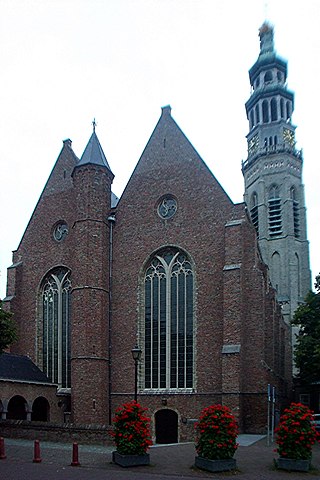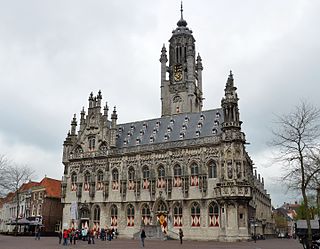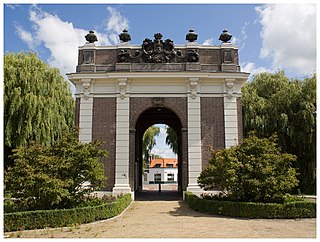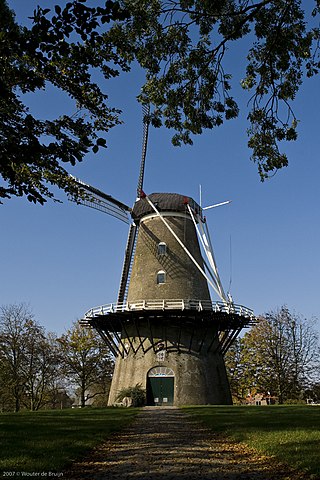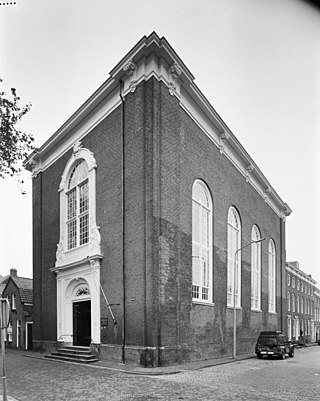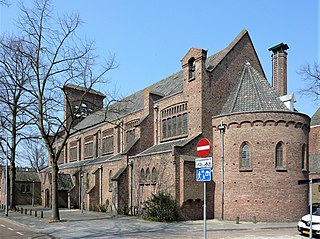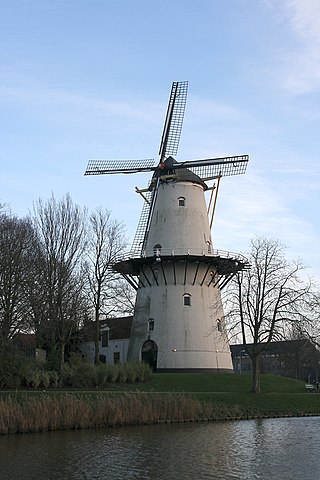10 Sights in Middelburg, Netherlands (with Map and Images)
Legend
Welcome to your journey through the most beautiful sights in Middelburg, Netherlands! Whether you want to discover the city's historical treasures or experience its modern highlights, you'll find everything your heart desires here. Be inspired by our selection and plan your unforgettable adventure in Middelburg. Dive into the diversity of this fascinating city and discover everything it has to offer.
Sightseeing Tours in Middelburg1. Koorkerk
The Koorkerk is part of the former abbey of Middelburg. The church is so called because it consists of the choir of the abbey church; the rest of the church forms the Nieuwe Kerk. Until the Reformation, the church was reserved for the monks and the Nieuwe Kerk for parishioners.
2. Jan Morks
Johannes (Jan) Morks was a Dutch composer, music pedagogue, conductor, organist, carillonneur and clarinetist. He is best known as the conductor and composer of the melody of the Zeeland national anthem on a text by Daniël Adrianus Poldermans.
3. Nieuwe Kerk
The Nieuwe Kerk is a church that is part of the former abbey of Middelburg in the center of the Zeeland capital Middelburg. Next to the church is the tower Lange Jan and the Koorkerk. The Nieuwe Kerk was used by the parishioners, the Koorkerk by the monks.
4. Stadhuis
Middelburg Town Hall is situated at the market of Middelburg, Zeeland. It is considered one of the finest Gothic buildings in the Netherlands. Construction began in 1452 and was supervised by several generations of the Flemish family of architects Keldermans. Construction was completed in 1520, the town hall received a facade with Gothic windows, red-white shutters, smaller turrets and twenty-five statues of Zeeland's counts and countesses. The building has one main tower, which the Middelburgers call 'Malle Betje'. This mocking name comes from the fact it used to run behind the town's other clock tower, the 'lange Jan'. A meat-auction or 'meathall' used to be situated in the building, which had a separate entrance. Whereas the town hall itself is still used for weddings, since 2004 its spaces are in use by the University College Roosevelt, the local university. The former meat hall has been in use as an exhibition space for the SBKM since 1980.
5. Koepoort
The Koepoort in Middelburg is, of the eight city gates once present, the only one that has been preserved in its entirety. The gate, built in the late Louis XIV style, was designed by architect Jan Pieter van Baurscheidt the Younger and city architect Jan de Munck. The gate was built in the first half of the eighteenth century and was the successor of several earlier cow gates. Where the earlier gates served as defensive works, the new gate mainly served as an ornamental gate.
6. Herenstraat
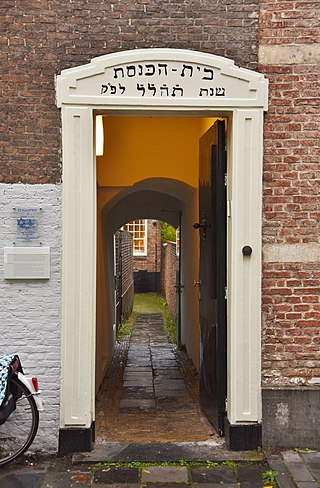
The synagogue of Middelburg is located in the area between the Sint Janstraat and the Herenstraat. It was built in 1705 in the backyard of the home of the Jewish merchant Benjamin Levie. The entrance is now in the Herenstraat. It is the first synagogue built outside of Amsterdam on Dutch soil.
7. De Seismolen
The Seismolen is a (former) flour mill on the Seisbolwerk in the Dutch city of Middelburg. It is a round stone tower mill that was built in 1728 and is therefore the oldest of the mills still present in Middelburg. After a serious storm in November 1940 and subsequent neglect, the mill fell into disrepair. From 1955, when the mill became the property of the municipality, the masonry was restored. It was only after a restoration in 2000-2001 that the mill became millable again: in the Seismolen there are 2 pairs of 16der artificial stones and 1 pair of 16der blue stones.
8. Sint-Augustinuskerk
The St. Augustine's Church is a hall church without a tower in the Zeeland capital Middelburg. The church was designed by city architect Jan de Munck for the Lutheran congregation in Middelburg. Construction started in 1740 and in 1742 the Lutheran Church could be put into use. In 2014, the church was sold to the Old Catholic Church and taken into use by them, after which the church was dedicated to Saint Augustine of Hippo.
9. Petrus en Pauluskerk
The Peter and Paul Church is a Roman Catholic church in Middelburg, and parish church of Walcheren, located on the Lombardstraat. The building, built in neo-Romanesque style after the Bossche School, was put into use in 1951.
10. De Hoop
De Hoop is a former windmill in the village of Sint Laurens in Zeeland. The mill was built in 1721 as a flour mill and burned down in 1943 because the vang was heating up. The mill was designated as a national monument in 2002 because in the past this mill could be driven by wind power as well as a diesel engine and an electric motor.
Share
How likely are you to recommend us?
Disclaimer Please be aware of your surroundings and do not enter private property. We are not liable for any damages that occur during the tours.
